A Lima culinary tour starts with your senses. There’s salt in the air from the Pacific. Markets hum with the sound of chopping and quiet bartering. Citrus and chili hit your nose before you even see the food. On a plate, the colors pop—red peppers, golden potatoes, grilled octopus, and sauces you’ve never tasted anywhere else.
This city isn’t just Peru’s capital. It’s known worldwide as a culinary leader. Lima has several entries on the World’s 50 Best Restaurants list. But it’s not all white tablecloths. The best meals here often come from spots that mix precision with comfort—where chefs respect tradition but don’t fear change. A well-planned Lima culinary tour balances both.
And the food isn’t just for show. Each bite connects you to the cultures that built this city: Indigenous, Spanish, African, Chinese, and Japanese. That’s what makes a Lima culinary tour stand out. It’s not just a vacation activity—it’s a way to experience the country’s history, geography, and creativity with a fork in your hand.
The Culinary Roots of a Lima Culinary Tour
Lima pulls its ingredients from across Peru. The Pacific coast provides seafood. The Andes deliver grains, roots, and herbs. The Amazon adds fruits found nowhere else. Each region influences what ends up on your plate.
More than 4,000 potato varieties grow in Peru. Local chili peppers like aji amarillo and rocoto bring heat and color. Quinoa, camu camu, and corn are part of daily life. These aren’t trendy imports—they’re national staples. On a Lima culinary tour, you’ll taste them in street snacks and fine dining.
A Fusion of Cultures That Shaped the Plate

Lima’s food isn’t only about ingredients. It’s shaped by the cultures that settled here. Spanish colonists brought citrus, grapes, and livestock. Chinese workers arrived in the 1800s and built what’s now known as Chifa cuisine. Their Cantonese cooking mixed with Peruvian ingredients and changed the way the city eats.
Japanese immigrants followed, and over time, they created Nikkei cuisine. This style blends Japanese technique with Peruvian flavors. Dishes often highlight raw fish, soy, and native chilies. Today, Nikkei is a global trend—and Lima is where it started.
At restaurants like Maido, chef Mitsuharu Tsumura turns this mix into something refined but true to its roots. His work tells a story through every course. A Lima culinary tour almost always includes stops like this, where the meal goes beyond taste.
Why Lima Became the Culinary Capital of South America
Lima’s location helps, but it’s the city’s cultural openness that makes it stand out. Each wave of migration added a new layer. But instead of replacing what came before, the flavors mixed.
The city’s chefs now lead global discussions around heritage, sustainability, and local sourcing. At Central Restaurante, ingredients are chosen by altitude rather than category. This focus has earned it global recognition on the World’s 50 Best Restaurants list.
And this type of depth isn’t limited to Lima. Some travelers compare the experience to the Amalfi Coast food tour or journeys through Spain’s Basque region. Each place brings its own story, but Lima’s fusion feels especially alive on the plate.
Must-Try Dishes on a Lima Culinary Tour
Lima’s food scene delivers flavor, history, and technique on one plate. A Lima culinary tour brings you face-to-face with dishes that reflect centuries of migration and regional ingredients. These meals don’t need an introduction—just a fork.
Ceviche – Peru’s National Treasure
Ceviche isn’t just a dish in Lima. It’s a point of pride. The basics are simple: raw fish, citrus, chili, and onions. But the method matters, and so does the timing. True Peruvian ceviche is made to order and served quickly. The fish should be firm, the lime freshly squeezed, and the heat balanced with herbs.
You’ll find both traditional and modern versions across the city. At places like La Mar Cebichería, chefs stick to core ingredients but add flair—crispy corn kernels, sweet potato, or even mango. At El Mercado, the focus stays on freshness, but presentation becomes part of the experience.
The reason ceviche matters so much on a Lima culinary tour is because it connects sea and culture. Peru’s coastal waters deliver top-grade fish, and the process highlights restraint. There’s no heavy sauce. No cover-up. Just clean, cold flavors that show how freshness carries a dish.
Lomo Saltado and Chifa Cuisine
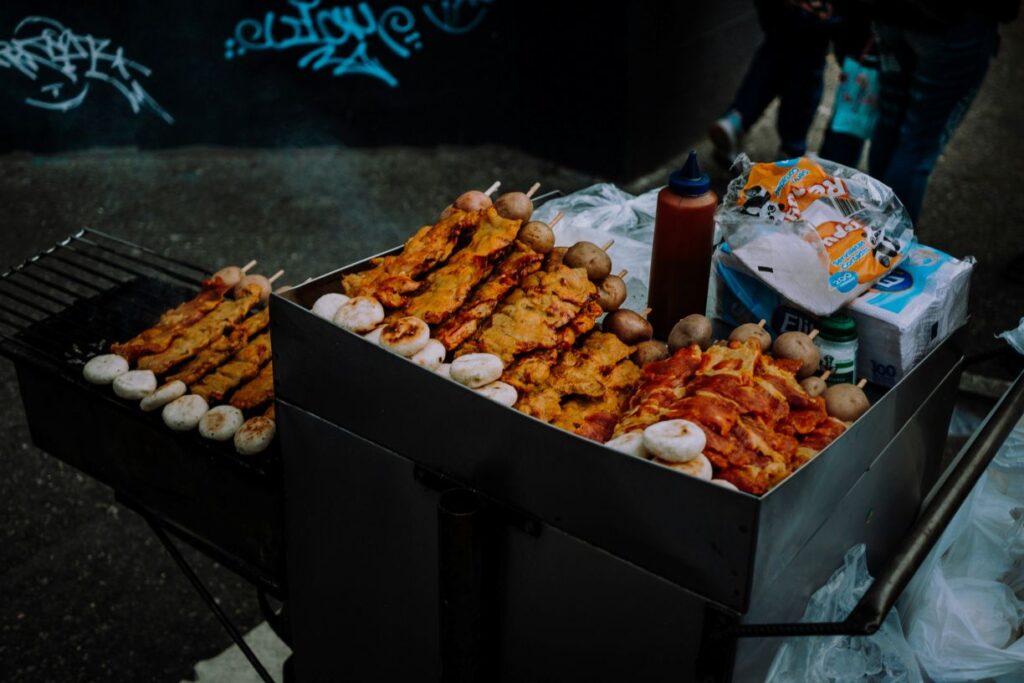
Nowhere does fusion hit harder than in a plate of lomo saltado. It’s part stir-fry, part comfort food. Slices of beef sizzle with soy sauce, onions, and tomatoes. Potatoes are fried and tossed in. Rice usually lands on the same plate, doubling the carbs and the comfort.
This dish is a product of Chifa, the blend of Chinese techniques and local ingredients that arrived with immigrants in the 1800s. On a Lima culinary tour, it’s a must—not because it’s flashy, but because it feels like the city: direct, diverse, and balanced.
Some of the best Chifa restaurants don’t advertise. They’re tucked into busy corners or hidden behind simple doors. But if you know where to look—or go with a trusted local guide—you’ll get a meal that holds its own against anything from your Spanish food trip or even a Kyoto culinary experience.
Anticuchos and Street Delights
Not every standout meal comes from a table. Some arrive wrapped in paper or skewered on a stick. Anticuchos are one of Lima’s best examples. These grilled beef heart skewers are smoky, tender, and seasoned just enough to let the meat shine.
You’ll spot them near parks or outside markets, especially as the sun goes down. The smoke draws you in, and the smell holds you there. They’re simple but packed with flavor.
Street food in Lima goes well beyond anticuchos. Think butifarras, mazamorra, and papa rellena. On a Lima culinary tour, street options matter. And with the right guide, you can enjoy them without worry. You’re not guessing if it’s safe—you know it is.
Sweet Notes: Picarones and Suspiro a la Limeña
Leave room for dessert. Picarones are rings of fried dough made from sweet potato and squash, usually served with syrup. They’re light, crisp, and easy to love. You’ll find them near parks or paired with coffee at local cafés.
Suspiro a la Limeña, on the other hand, is rich. Think of it as caramel custard topped with meringue. It’s sweet enough to share, but you might not want to.
Lima’s Fine Dining Scene: Michelin-Level Without the Price Tag
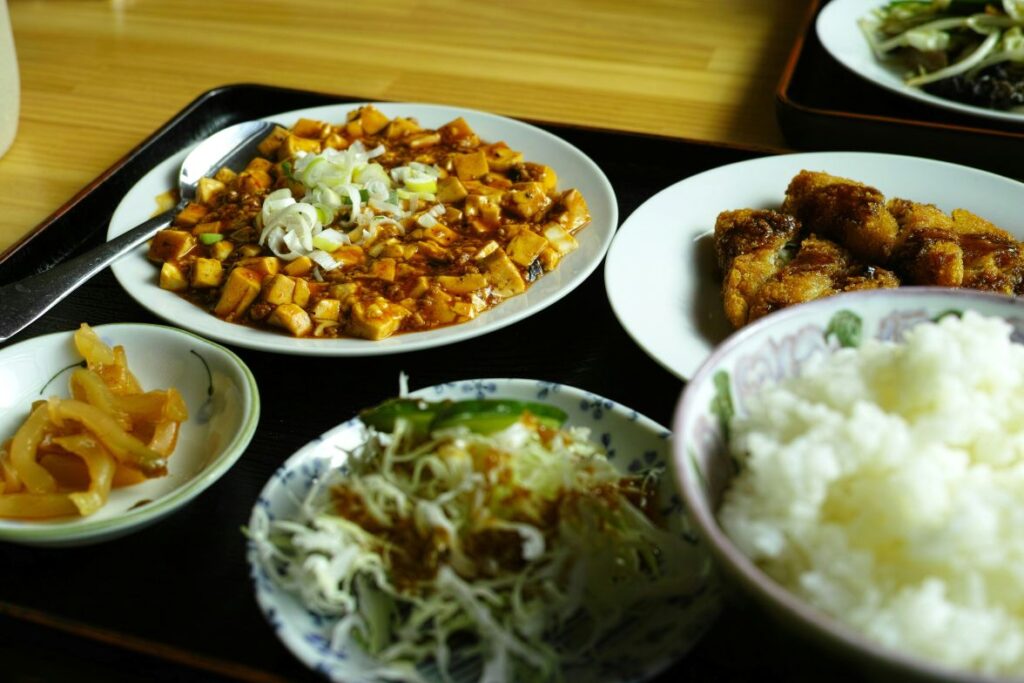
A Lima culinary tour often leads to restaurants that look modest on the outside. But what happens inside earns international attention. The city hosts multiple restaurants ranked among the best in the world, yet the prices remain far lower than in Paris or Tokyo.
Central, Maido, and Astrid y Gastón top many lists for good reason. Their menus focus on native ingredients, creative technique, and a clear connection to place. Maido helped put Nikkei cuisine on the map, while Central sorts its dishes by altitude instead of course. This isn’t a gimmick—it reflects Peru’s geography and traditions.
On a Lima culinary tour, these meals become part of the cultural story. At Central, for example, one dish might include a tuber found only at 12,000 feet. Another might feature seafood from the low coastal valleys. The dining experience is rooted in where things grow and how people live. Central’s ranking on the World’s 50 Best Restaurants list reflects that thoughtful approach.
Booking in Advance on a Lima Culinary Tour
These restaurants often fill up fast, so it’s best to book before you arrive. Most take reservations online. Some, like Maido, release openings several weeks in advance. You don’t need to book the most expensive tasting menu to enjoy the full experience.
Many offer prix fixe options that feel more relaxed but still deliver incredible food. These lighter menus often take less time, which makes it easier to pair a fine dining stop with a cultural activity earlier in the day.
For travelers who’ve enjoyed long meals in Italy or gone deep into tasting menus on a culinary tour in France, Lima delivers a similar level of detail without the stress or price tag. The approach feels personal and grounded, not flashy.
Market-to-Table on a Lima Culinary Tour: Shop and Cook with a Local Chef
A Lima culinary tour isn’t just about eating—it’s about understanding where ingredients come from and how they’re used. Markets like Surquillo and San Isidro offer a chance to step into everyday food culture. You’ll see what chefs buy, what locals value, and how flavor begins long before the kitchen.
Experience the Market Like a Chef
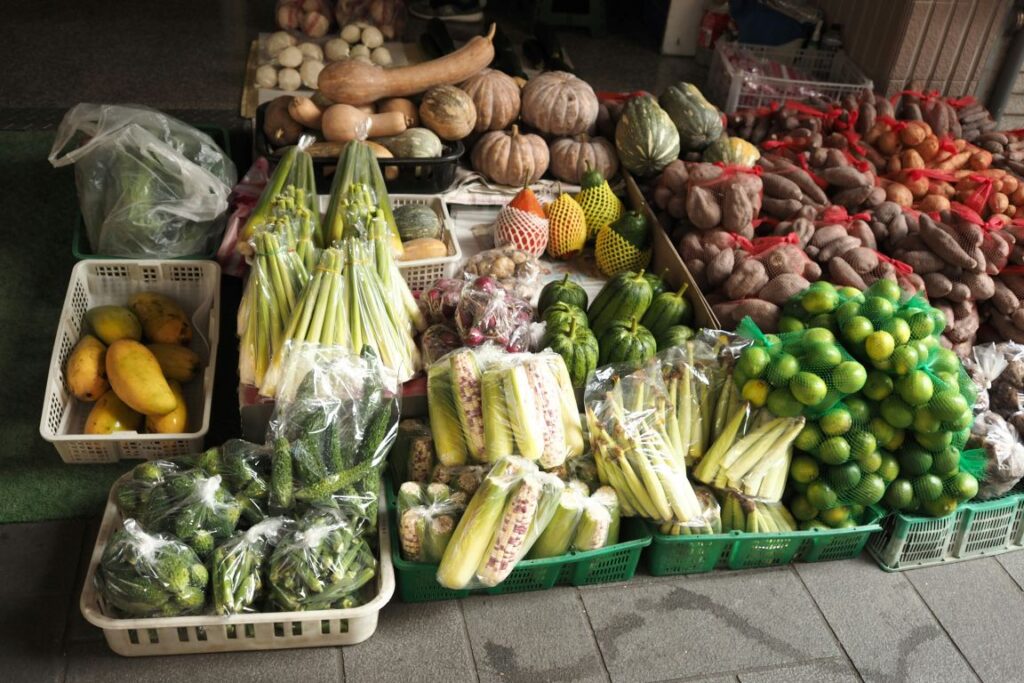
With a bilingual guide, you move through crowded aisles filled with fruit, meat, and herbs. This isn’t a passive walk. You smell herbs, touch produce, and talk with vendors. It’s hands-on and direct.
Lucuma catches many by surprise. Its dry, sweet flavor works well in smoothies and pastries. You might try it on the spot or later in a dessert. Quinoa appears in many forms—red, black, white—and each version changes how it cooks. Aji amarillo shows up almost everywhere and gives Peruvian food its signature kick.
These ingredients aren’t just for show. On a Lima culinary tour, your guide explains how they’re used at home versus in restaurants. In family kitchens, quinoa might be part of a soup. In high-end dining rooms, it might be puffed or toasted and layered in a modern dish.
Cooking After the Market: Bringing Local Flavors to Life
After shopping, many chefs invite guests to prep a few dishes. You wash, peel, and stir while learning how the ingredients behave. This isn’t a long lecture—it’s about touch, taste, and real use. Some chefs host the cooking session in their home or rooftop kitchens, giving it a more relaxed pace.
Restaurant meals have structure. Market-to-table meals have rhythm. One shows polish. The other shows process. Both give you different sides of Peruvian food culture.
This kind of food-focused experience compares well with a Kyoto culinary experience, where ingredients shape everything. But in Lima, the pace feels more grounded. Chefs talk through each step. You don’t just observe—you participate.
If you want to explore more about what ingredients are grown in each region and how they’re used, the guide to local markets from LimaEasy is a helpful reference. It breaks down what you’ll see at each market by product type and region.
Insider Culinary Experiences on a Lima Culinary Tour
A Lima culinary tour doesn’t have to follow the usual path. Some of the best meals happen in places without signs or menus. You just need the right guide—or the right invitation.
Hidden Dinners and Chef’s Tables on a Lima Culinary Tour
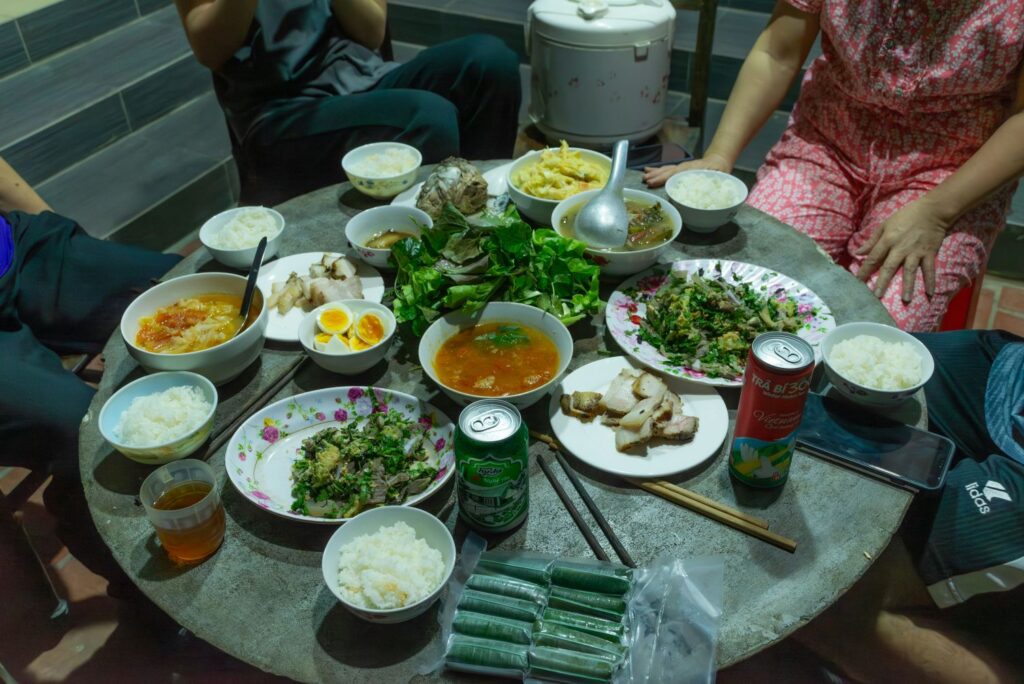
In Lima, private supper clubs have become popular. These are often held in quiet homes or test kitchens, not restaurants. Guests usually share a table with no more than eight others. It’s intimate and designed around storytelling.
Local chefs create a tasting menu based on the day’s market finds. You might prep an ingredient, sip a house-made cocktail, or talk about technique between courses. These aren’t performance dinners. They’re personal.
This style of dining feels familiar to those who’ve done something similar on a Basque Country culinary journey. Both experiences highlight connection—between guest and host, ingredient and dish.
A Lima Culinary Tour in Barranco: Art, Wine, and Sunset Plates
In the Barranco district, creativity spills into the food. This part of Lima feels like a coastal art studio. Murals line the streets. Music floats through open windows. And seafood is never far from the plate.
Food tours here offer more than bites. You may start with a glass of Peruvian wine, explore a bohemian art gallery, then sample ceviche on a terrace. Each stop is paced with intention. Some tours end at the cliffs, where dessert comes with a view.
This stretch of a Lima culinary tour blends flavor with atmosphere. You don’t just eat—you feel the pace of the neighborhood. For those who appreciate relaxed elegance, Barranco might be the favorite stop.
Bringing the Andes into the Lima Culinary Tour Experience
Some chefs recreate traditional Andean meals right in the capital. These aren’t showpieces. They’re rooted in process. Many include open-fire cooking or traditional earth ovens. You’ll taste native potatoes, grilled meats, and sauces made from hand-ground herbs.
One such experience is hosted near Pachacámac, just outside the city. Visitors gather around a communal fire, prepare ingredients, and share the meal together. The Sacred Valley cultural experience outlines similar traditions and shows how the food links to community life.
These meals are less structured than restaurant dining but just as rich. They offer a window into rural methods, brought into the city with care. A Lima culinary tour that includes this kind of immersive cooking adds depth most travelers don’t expect.
Pairing It Perfectly on a Lima Culinary Tour
Every stop on a Lima culinary tour offers more than just flavor—it brings a sense of place. That includes what’s in your glass. From cocktails to coffee, Lima’s drink culture runs as deep as its food traditions.
Pisco and Cocktails on a Lima Culinary Tour
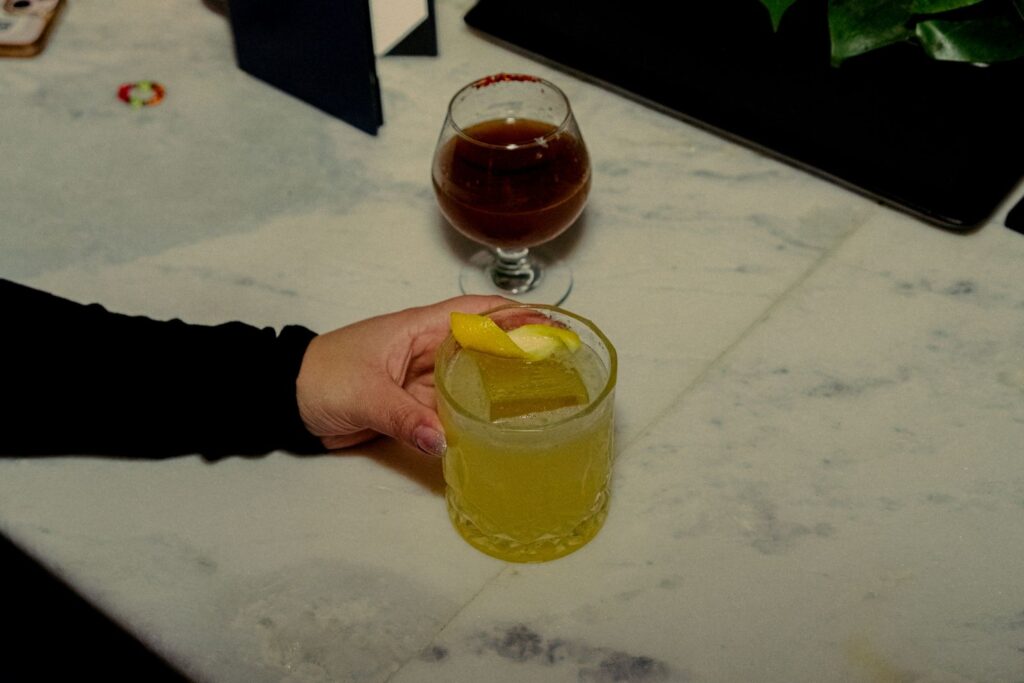
The Pisco Sour is Peru’s signature drink. Made from grape brandy, lime, egg white, and bitters, it’s a staple in most restaurants. But Lima’s bartenders don’t stop there. Chilcano—made with Pisco and ginger ale—is a lighter, spicier option many locals prefer.
Top bars in Lima, like Carnaval and Lady Bee, experiment with infusions. You might try Pisco blended with coca leaf, passionfruit, or native herbs. The team at Carnaval has received international recognition for elevating Peruvian cocktails. Their seasonal menus highlight local ingredients and modern techniques.
This part of a Lima culinary tour often surprises travelers. The drink menus are creative, and the atmosphere is refined but unpretentious.
Wines and Café Culture: More to Sip and Savor
While Peru isn’t known globally for wine, that’s changing. Small vineyards in Ica are producing crisp whites and soft reds that pair beautifully with local food. Torrontés, in particular, matches well with ceviche and grilled seafood.
Restaurants across Lima have started featuring Peruvian wines alongside Chilean and Argentine options. Many offer wine pairings with tasting menus. It’s a great way to try something new while staying local. This is especially enjoyable for travelers who loved the pairings offered on an Amalfi Coast food tour.
A Lima culinary tour should include time for slow mornings, too. In Barranco and Miraflores, you’ll find elegant cafés with ocean views. Places like Arabica and Puku Puku offer single-origin Peruvian beans and pour-over methods. The flavors are mild, the settings are calm, and the pace encourages you to linger.
Where to Stay for Culinary Travelers
For culinary travelers seeking exceptional stays in Lima, two standout hotels offer immersive gastronomic experiences: Hotel B in Barranco and Country Club Lima Hotel in San Isidro.
Hotel B: A Boutique Culinary Retreat in Barranco
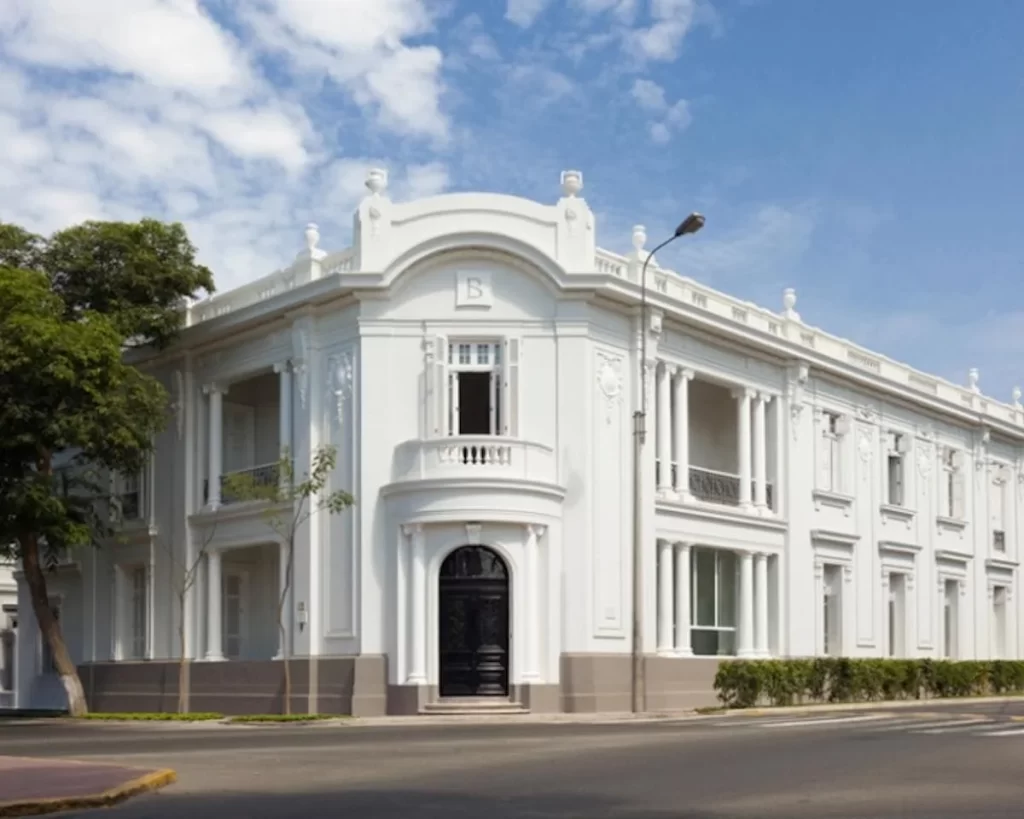
Hotel B, situated in Lima’s bohemian Barranco district, is a restored Belle Époque mansion that combines art, culture, and cuisine. The hotel’s dining room presents a menu focused on local and seasonal produce, creating sophisticated fusion dishes that blend Peruvian and international flavors.
Guests can enjoy meals in various settings, including the dining room, patio, and rooftop terrace. The rooftop offers a relaxed atmosphere with views of the Pacific Ocean, making it an ideal spot for evening cocktails. The hotel’s location provides easy access to Barranco’s art galleries, cafes, and the scenic Malecón.
Country Club Lima Hotel: Heritage and Fine Dining in San Isidro
In the upscale San Isidro district, the Country Club Lima Hotel offers a blend of historical elegance and culinary excellence. The hotel’s Perroquet Restaurant serves a seasonal menu of Peruvian and international cuisine, earning recognition as one of Lima’s top dining establishments.
The English Bar, known for its classic ambiance, is renowned for serving one of Lima’s best pisco sours. Guests can also enjoy afternoon tea with live piano music at Los Vitrales. The hotel’s proximity to the Lima Golf Club and cultural sites makes it a convenient choice for travelers.
Culinary Amenities and Experiences
Both hotels offer in-room dining and curated tasting menus that highlight local ingredients. Hotel B provides a more intimate, art-focused experience, while Country Club Lima Hotel offers a grander setting with a rich history. Each caters to culinary enthusiasts seeking to explore Lima’s diverse food scene.
A Lima Culinary Tour That Nourishes More Than the Palate
Every Lima culinary tour offers more than a menu. It’s a way to reconnect—with a place, a partner, and a purpose. The meals linger, not just for their flavor, but for the moments they frame.
Food slows things down. A shared table invites conversation. Whether it’s a street-side anticucho in Barranco or a chef’s tasting menu at Central, each bite tells a story. The city’s flavors become a rhythm—a way to walk together, pause together, and savor what matters.
A culinary journey like this is about more than trying new dishes. It reminds you of who you are as a couple. Not just travelers, but companions. The experiences don’t rush. They stretch out, just enough to remind you that the best parts of life can’t be scheduled.
On a Lima Culinary Tour, Culture Lives Between Courses
During a Lima culinary tour, culture comes without effort. It’s in the way your ceviche is plated. It’s in the market vendor’s smile when they hand you a warm tamal. And it’s in the quiet moments over coffee, when the day slows just enough for you to notice the ocean breeze.
These shared experiences connect you to the place, and to each other. It’s not sightseeing or just checking boxes. It’s living inside the story instead of reading it from a guidebook. And Lima has that same kind of welcome. Not loud. Not pushy. Just honest, present, and quietly unforgettable.
Make Your Lima Culinary Tour One to Remember
What makes this trip special won’t just be the food. It will be the way you experienced it—together, slowly, with intention. That’s what stays with you.
So when you’re ready to experience Peru’s culinary heart in comfort and style, we’ll help you plan every delicious detail.

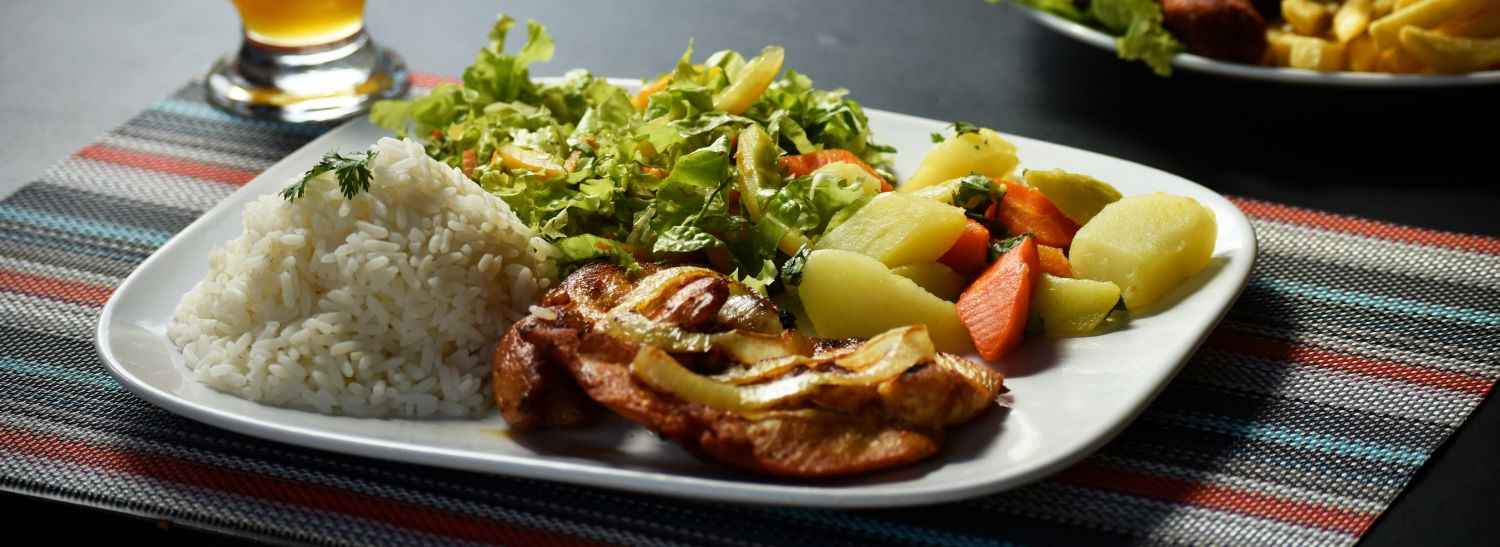
Leave a Reply